In its simplest form, Virtual embodiment is the perception of sensory feedback related to a person’s virtual, non-physical body, also known as an avatar, and the effect it has on the particular person behind the avatar. Virtual embodiment comes as an offshoot of the study of embodiment cognition, which is the idea that the mind and body are in unison, with the two working in harmony. Embodiment cognition research shows how the aspects of a person’s body seem to generate built-in tendencies in how that person views the world around them. Those aspects include motor functions, height, number of limbs, handedness, and the body’s interactions with the environment.
Given we cannot control many factors like our height or handedness, the most common way we seek to control our identity in the physical world is through clothing, accessories, make-up, tattoos, piercing, hair styles, hair coloring and now, masks. We display these attributes to show our personal style and to provide non-verbal clues about our personalities. If we want to be seen as diplomatic and professional, chances are we wear business attire and keep ourselves well groomed. If we want to be viewed as someone who is bold and anti-establishment, we may choose ripped clothing and cyan colored hair. We rely on these outward signals, whether consciously or not, to frame interactions with other people before any words are spoken.
As our bodies and minds become more integrated with virtual mediums, the same avenues of expression we have in the physical world are finding their way into the digital world. From the more basic Bitmojis on Snapchat to full-fledged 3-D avatars in a Virtual Reality simulation, we continue to seek ways to express and represent ourselves in order to provide non-verbal clues as to who we are underneath. The difference with virtual embodiment, however, is that the only limitations to creating an outward identity is the level of customization afforded by a particular platform. Skin color, gender, height, facial features, number of limbs – all potentially alterable within minutes. Staying within our own species is not even a requirement in some cases.
No where is virtual embodiment taking on more meaning than in Virtual Reality (VR) where interactions between avatars are convincingly lifelike and the range of customization options is broader than any other digital medium. Take entertainment-based social environments like Rec Room, AltSpace or Facebook’s Horizon. Many people in these worlds engage and interact purely through virtual identities without ever knowing what someone looks like in real life.
While this level of anonymity and freedom of identity is fine in that context, those same attributes do not necessarily lend themselves to a business or professional environment. With VR being used more and more for corporate collaboration, mental and physical healthcare, and training and education, the role of the avatar brings up more nuanced questions around virtual embodiment that need to be thought through.
For example, in the case of a pitch meeting held in VR, is there a responsibility for both parties to represent themselves as close to who they are in the real world as possible? Since pitching is partially about the person or people behind the product or service, an argument can be made that they should not appear younger, a different ethnicity, or a different gender than they are in real life. Or maybe that actually shouldn’t matter at all and non-realistic should be encouraged in order to weed out implicit bias in the process.
Therapy sessions also produce an interesting use case. It may be that the therapist should adhere closely to his or her real world identity whereas the patient may benefit from a virtual embodiment that they feel expresses themselves better. The very act of customizing one’s virtual appearance to better represent how one would like to be seen can be a part of the therapeutic process itself. Or maybe there is a benefit in the therapist playing a particular role or roles throughout the therapeutic process in order to elicit responses from the patient.
Foretell Reality recognizes the importance of virtual embodiment, particularly in professional settings. Through our work with partners like Yale School of Medicine, Fordham University, and XRHealth, we see firsthand the importance and promise of virtual embodiment in VR to redefine digital identity as a whole. Toward that end, we recently expanded our avatar selection tool to include many more customization options.


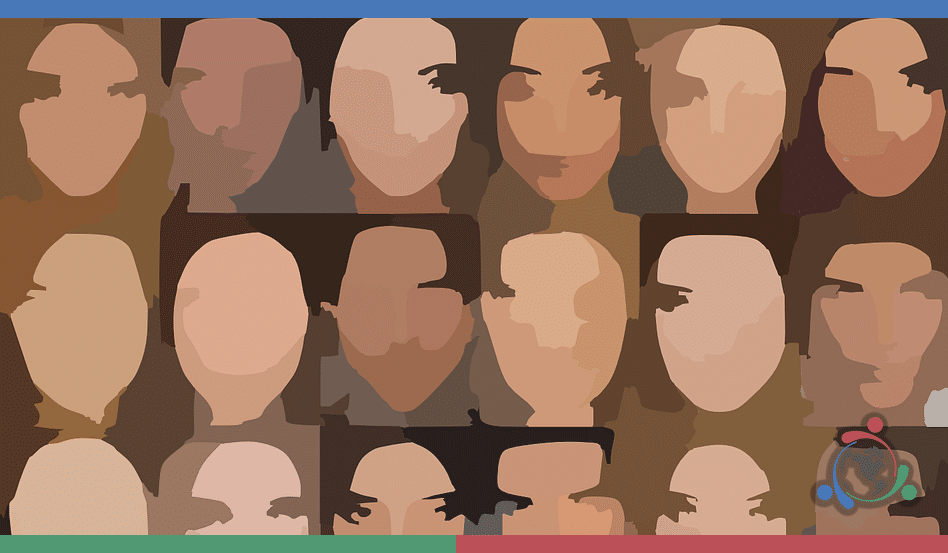
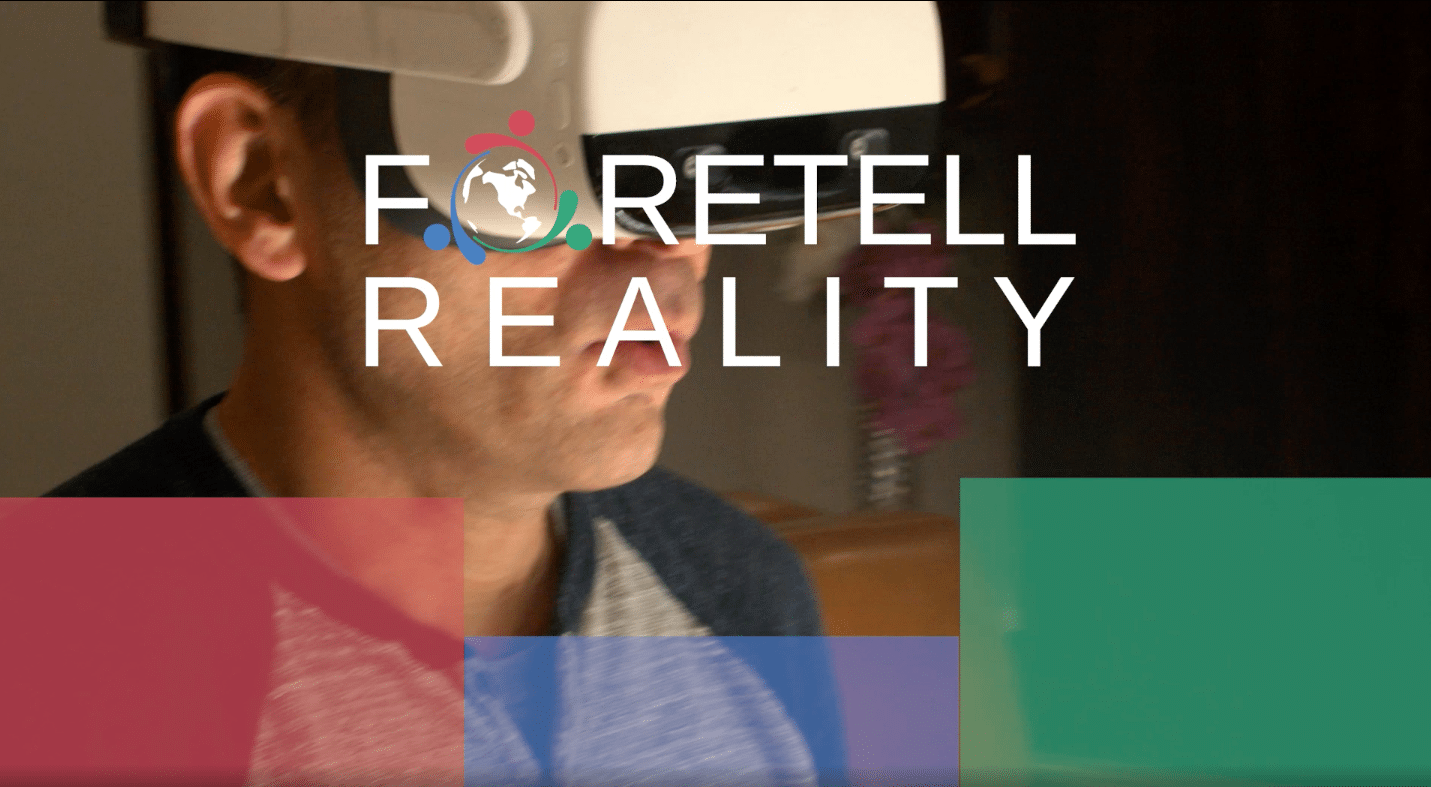


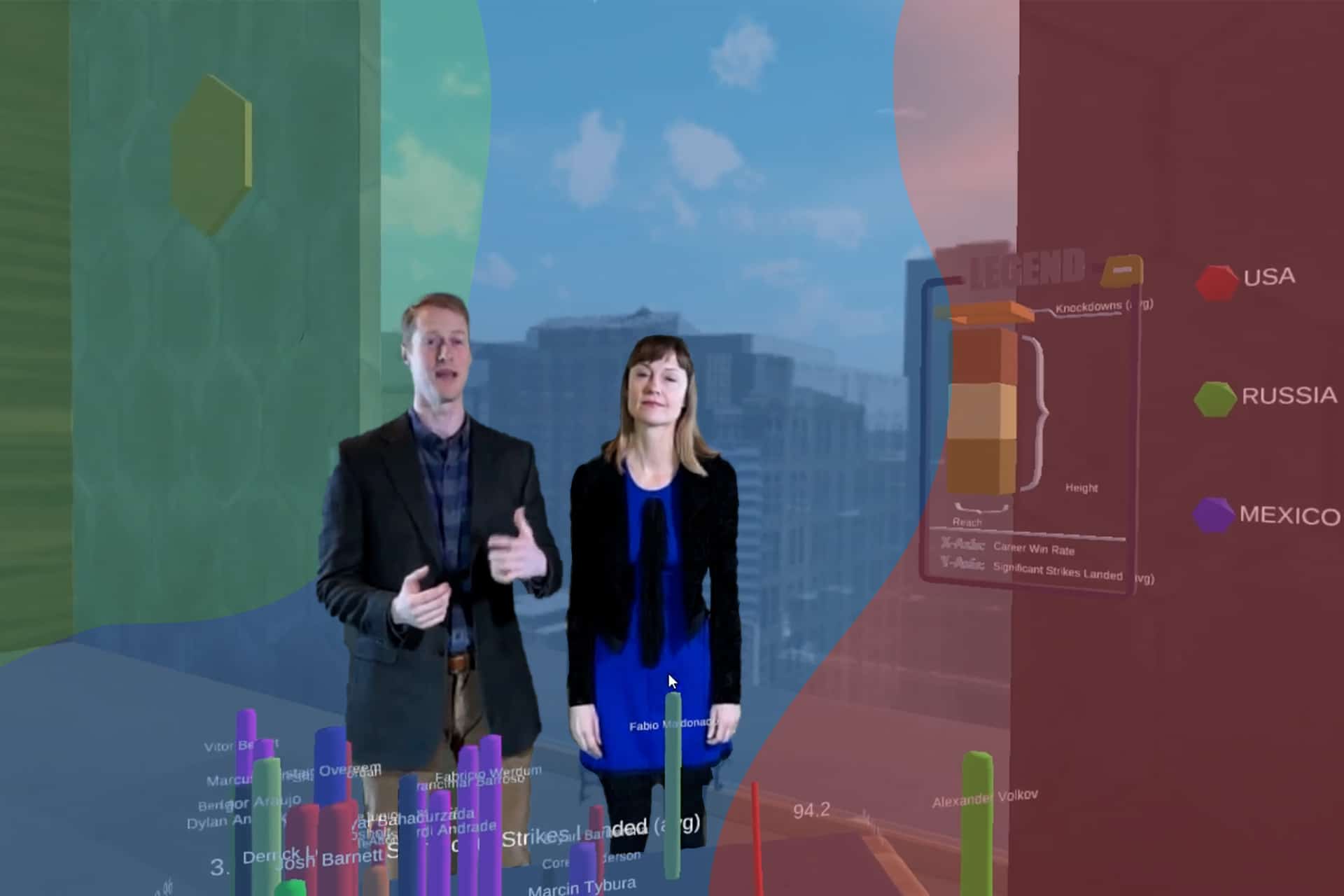

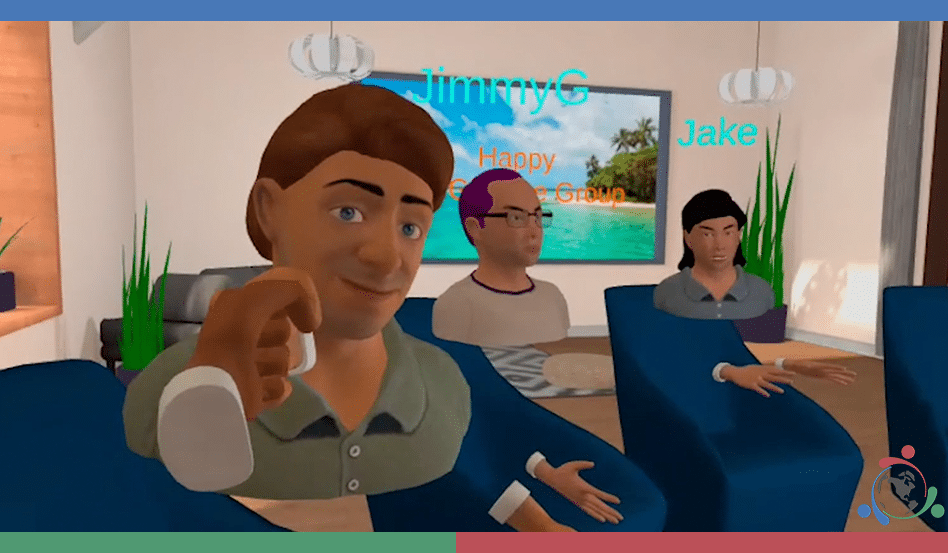

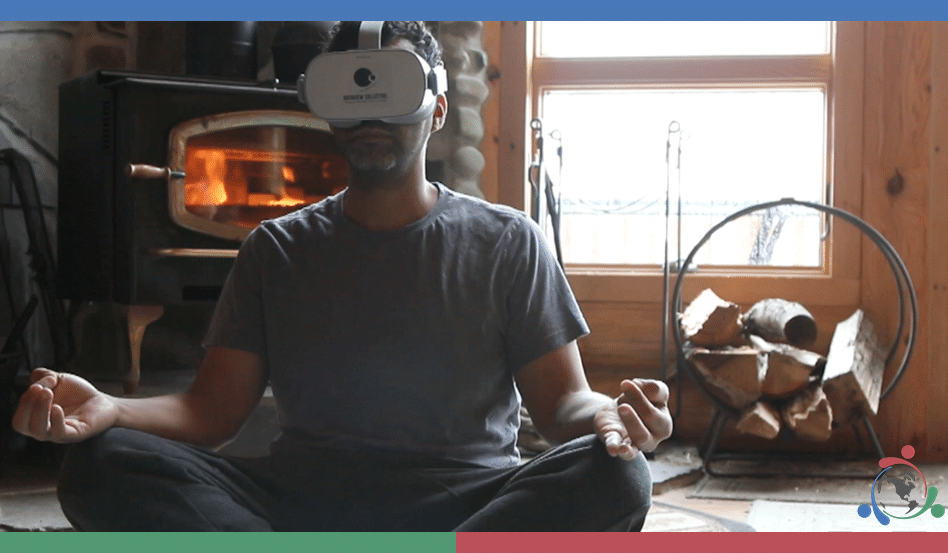
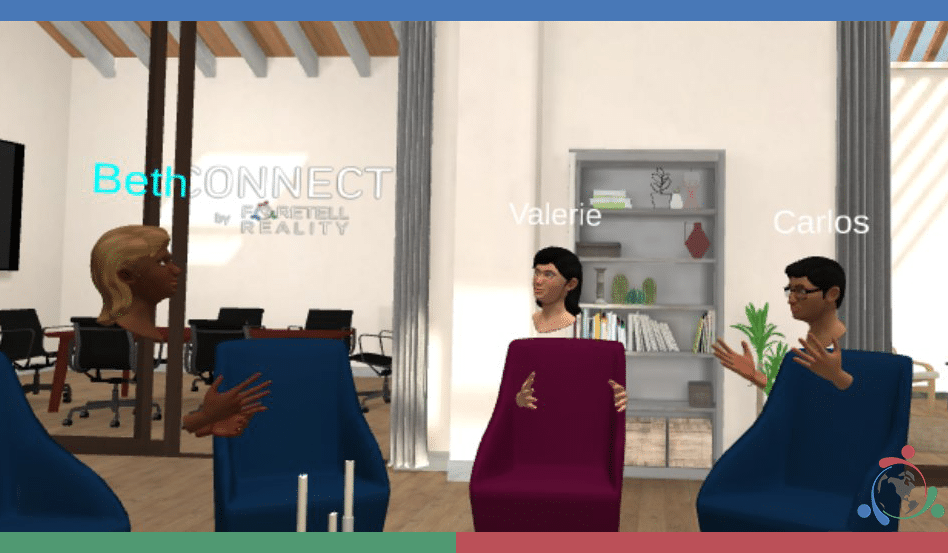

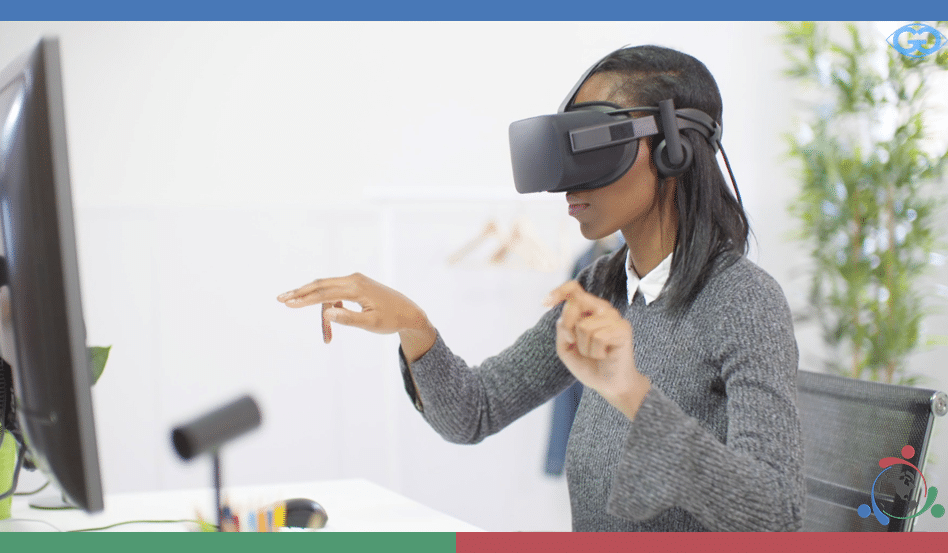







Recent Comments